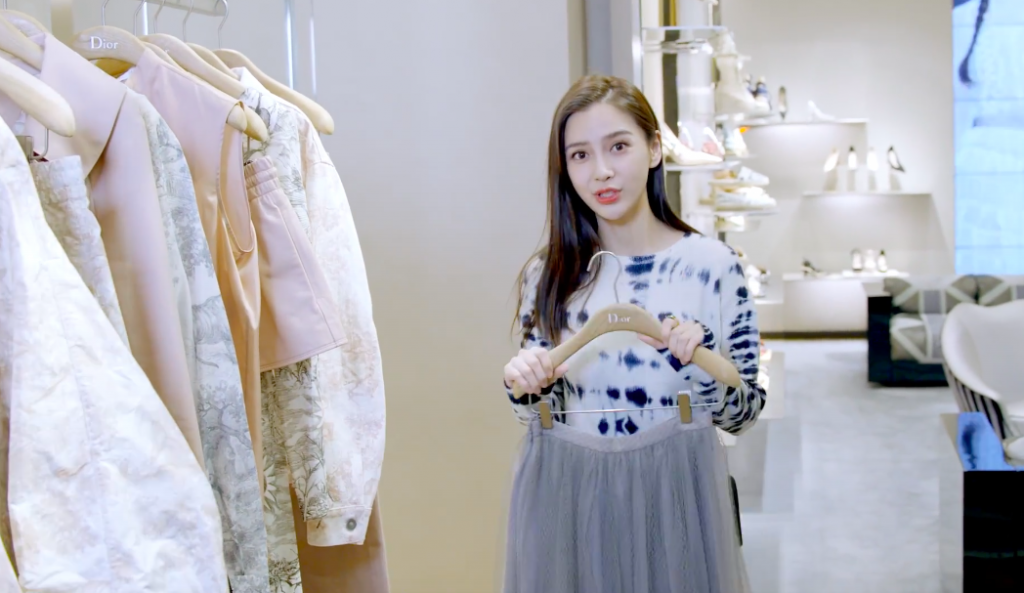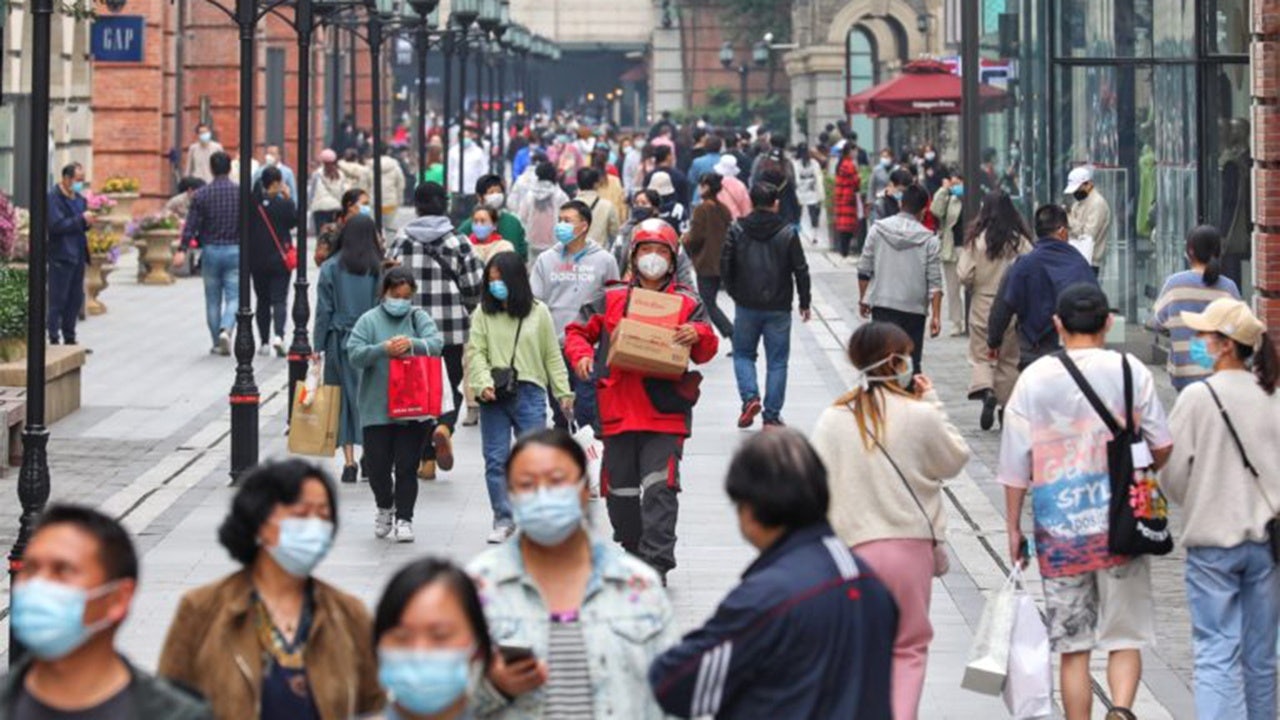China's consumer goods inflation measure known as the consumer price index (CPI) went down over March with a 4.3-percent increase. This was a significant drop from its 5.2-percent rise over February, according to a Friday release from the National Bureau of Statistics. As more work in the country has resumed and travel and logistics begin to recover, product prices have started stabilizing, explained Dong Lijuan, a senior analyst at the bureau, in a statement.
In the category of apparel, the price of clothing, shoes, and apparel manufacturing costs had little fluctuation from the previous month. However, when compared to the same time last year, the price of clothing and shoes were 0.2 and 0.8 percent lower, and apparel manufacturing costs went up by 2.4 percent, explaining why demand had been sluggish, and production prices were higher than usual.
Jing Take#
Before COVID-19, China had been relying on its consumers to drive the economy due to an ongoing Sino-US trade war. Now, to bring its economy back to life after the virus outbreak, Beijing is once again empowering consumers.

Unlike America’s $2 trillion Coronavirus relief package for individuals and businesses, China’s local governments and e-commerce platforms — under the guidance of Beijing — are handing out digital vouchers to encourage consumption, as Jing Daily previously reported. On Wednesday, JD.com announced that it was offering $142 million (1 billion yuan) worth of shopping points to help “drive nationwide consumption demand.” This year’s CPI will indicate whether this form of stimulus is working or not.
In the luxury sector, Dior set a good example for the industry by inviting its China ambassador — the model/actress Angelababy — to shop at its flagship store. The company released a video of the experience on its Chinese social media this Thursday, where it garnered over 73,000 impressions on WeChat in under two days. While it’s not in luxury brands’ best interests to give away vouchers, they need to start considering their own versions of stimulus packages to draw consumers back into their stores.
The Jing Take reports on a leading piece of news while presenting our editorial team’s analysis of its key implications for the luxury industry. In this recurring column, we analyze everything from product drops and mergers to heated debates that sprout up on Chinese social media.
